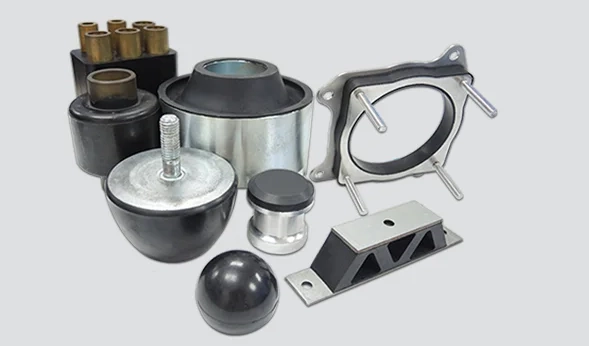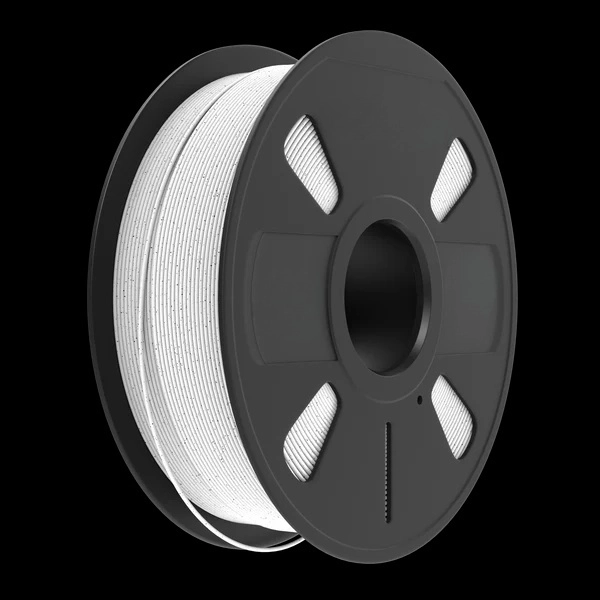In recent years, tank printers have gained significant traction in both home and office environments due to their cost-effective printing solutions and high-volume capabilities. However, while they offer numerous advantages, it is crucial to consider the potential disadvantages that may affect users' overall experience. This article delves into the various drawbacks of tank printers, providing a nuanced understanding of their limitations.
- Initial Cost and Setup Complexity
One of the most notable disadvantages of tank printers is their initial cost. While they may offer lower running costs in terms of ink, the upfront investment can be significantly higher than traditional cartridge-based printers. This can be a deterrent for budget-conscious consumers or small businesses looking for economical printing solutions.
Moreover, the setup process for tank printers can be more complex. Unlike cartridge printers, which typically involve a straightforward installation, tank printers require users to fill ink tanks manually. This process can be messy and time-consuming, especially for those unfamiliar with the technology. Additionally, improper filling can lead to ink spills or air bubbles, potentially damaging the printer or affecting print quality.
- Maintenance Challenges
Tank printers demand a higher level of maintenance compared to their cartridge counterparts. The ink tanks need to be monitored regularly to prevent running dry, which can lead to print head clogs. Unlike cartridges that can be easily replaced, clogged print heads in tank printers can be more challenging to clean and may require professional servicing.
Furthermore, the ink used in tank printers is often more susceptible to environmental factors. For instance, exposure to extreme temperatures or humidity can affect the ink's viscosity, leading to inconsistent print quality. Users must be vigilant about the storage conditions of their ink to ensure optimal performance.
- Print Quality Variability
While tank printers are designed for high-volume printing, the quality of prints can vary significantly based on several factors. The type of ink used, the paper quality, and the printer's maintenance all play crucial roles in determining print output. Users may find that while tank printers excel in producing text documents, they may struggle with high-quality photo printing, resulting in less vibrant colors and detail.
Additionally, some users report that tank printers can produce inconsistent results over time. As the printer ages or if it is not used regularly, the print quality may degrade, leading to streaks or faded prints. This variability can be particularly frustrating for professionals who rely on consistent output for presentations or marketing materials.
- Limited Compatibility and Software Issues
Another disadvantage of tank printers is their compatibility with various operating systems and software applications. Some models may not support certain operating systems, leading to potential connectivity issues. Users may find themselves struggling to install drivers or software updates, which can hinder productivity.
Moreover, tank printers may not always integrate seamlessly with cloud printing services or mobile printing applications. This limitation can be a significant drawback for users who rely on these technologies for convenience and efficiency. In a world where remote work and digital solutions are becoming increasingly prevalent, compatibility issues can pose a significant challenge.
- Environmental Concerns
While tank printers are often marketed as more environmentally friendly due to their reduced waste from cartridges, they are not without their environmental drawbacks. The ink used in tank printers can contain harmful chemicals, and improper disposal of ink bottles can contribute to environmental pollution. Users must be mindful of their ink disposal practices to mitigate their ecological footprint.
Additionally, the manufacturing process of tank printers may involve materials that are not recyclable. As consumers become more environmentally conscious, the sustainability of their printing solutions is an important consideration that cannot be overlooked.
Conclusion
In conclusion, while tank printers offer several advantages, including lower running costs and high-volume printing capabilities, it is essential to weigh these benefits against their disadvantages. From initial costs and maintenance challenges to print quality variability and compatibility issues, potential users must carefully consider their specific needs and circumstances before investing in a tank printer. By understanding these drawbacks, consumers can make informed decisions that align with their printing requirements and expectations.


